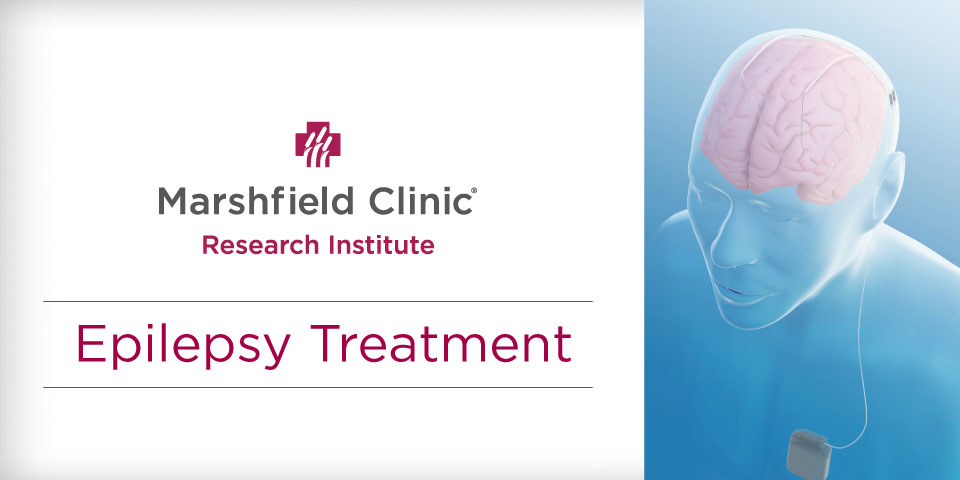A new device that reduces seizures in epilepsy patients was approved by the Food and Drug Administration in April, 13 years after clinical trials were held at Marshfield Medical Center by Marshfield Clinic Research Institute.
“It took a long time to get the FDA to approve this,” said Dr. Evan Sandok, Marshfield Clinic Health System neurologist who participated in the research on Medtronic’s deep brain stimulation therapy. “The patients would tell you that it really changed their life.”
Dr. Sandok and his research team found seven participants for the study, which was tied for the third most out of the 13 centers participating in the research.
The trial was performed only on participants with at least six seizures a month despite trying at least three medications. Many also had tried other treatment options because stopping seizures is a top priority for someone with epilepsy.
“The big concern for us is epilepsy isn’t just embarrassing, but it is potentially dangerous,” Dr. Sandok said. “People who have uncontrolled seizures not only can get injured, but they can die. It is a very rare thing, but our goal is to try and cut down on those bad seizures.”
Each participant had deep brain stimulation electrodes put on the anterior thalamus in their brain by Dr. John Neal, a Marshfield Clinic Health System neurological surgeon.
“The clinic has been involved with deep brain stimulation for more than 20 years. It is the same technique, but a different location and different stimulation parameters than what is used for Parkinson’s and tremor patients,” Dr. Sandok said.
The participants also were required to come frequently to Marshfield at their expense for check-ups and fill out a diary every day for many years. In the end, the study started with 157 participants across the nation and still had 103 after seven years.
After the trial was complete, Dr. Sandok and one of the participants spoke with the FDA about their experiences to aid in the treatment’s approval.
How it compares
Epilepsy affects about one percent of the population. About 70 percent of those affected with epilepsy find a medication effective at controlling their seizures.
“The typical story has been if the first medication doesn’t work, you try another and you try another, but it is sort of a plan of diminishing returns,” Dr. Sandok said.
Each additional medication has less than a nine percent chance of working. For the 30 percent of patients that medications doesn’t work for, the options are much more complicated.
The FDA has approved three pacemaker devices and brain surgery, which includes the vagus nerve stimulator, responsive neurostimulation and now, deep brain stimulation therapy. Each one has its advantages and disadvantages:
- Vagus nerve stimulator – This option stimulates a nerve in the neck with 30 percent of patients seeing at least a 50 percent reduction in seizures.
- Responsive neurostimulation – This option requires finding the location in the brain that is causing the seizures and then placing a neurostimulator in that part of the brain. About 40 percent of patients see at least a 50 percent reduction in seizures.
- Deep brain stimulation device – This option requires brain surgery to place the deep brain stimulator in the anterior thalamus with 40 percent of patients seeing at least a 50 percent reduction in seizures.
- Brain surgery – This option requires finding the location in the brain that is causing the seizures and then removing that portion of the brain.
Over the years, the deep brain stimulation therapy has improved to be rechargeable through the skin, so it no longer requires surgery every 3-5 years to replace the battery.
The procedure has already been approved in 28 countries, and should be available in Marshfield by the end of the year.

